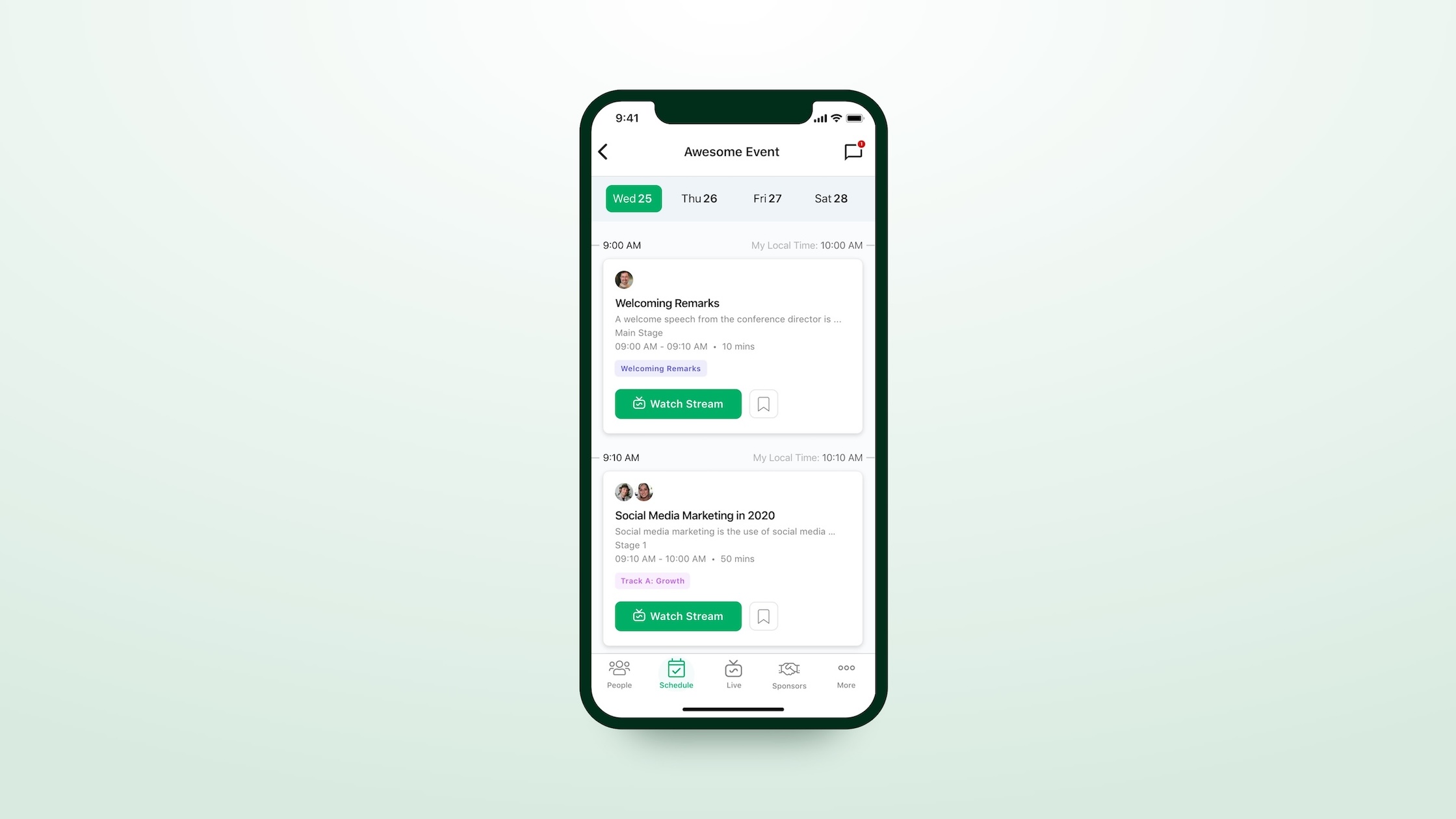
Starting your startup: how to validate a problem (and find a solution)
Part Two in our series for aspiring founders starting a startup. Learn how to validate your startup idea with advice from Blackbirds and our friends.
Welcome to Part 2 of a three part series on starting your startup, adapted from our Giants Masterclass content.
In the first part of this series, we explored how to find and identify startup ideas. In Part 2, we will walk through how to validate the idea you’ve identified as a problem and develop a hypothesis of the solution.
As we discussed in part one, there is nobody else with your unique experience, perspective and passions on the planet. To turn this idea into a business, you’ll need to validate it as a problem that enough people have (and will pay for) and validate a solution to this problem. Here are some ways to work through this at the earliest stages.
Start by fully focussing on the problem, not the solution
SafetyCulture’s Matt Hinds shared how he uses design thinking to build products and services. Design thinking is a method of understanding and solving problems - despite the name, you don’t need to be a designer to apply this approach. One of the strengths of this approach is that it helps you to be problem-focused and solution agnostic . “At this stage, ‘I want to build an app’ isn’t the answer to a problem” says Matt. “The answer should be “what is this problem and how many ways could I solve this problem”?
As Matt explains, the core framework of design thinking is “fully immersing yourself in the customer’s shoes” - seeing how people who have the problem you’ve identified experience it, what they achieve, who they interact with.
Once you’ve empathised with your customers, you take everything you've generated and draw some insights. “You need to fully focus on the problem here” Matt says, “not go into solutions mode”. Next, define the ‘jobs to be done’ in response to the customers you interviewed. “If you don’t come through anything novel or breakthrough here, it might be an early sign that you’re building something for yourself or for nobody” says Matt.
Take a customer-driven approach to thinking about a solution
Angel investor and Flying Fox Ventures co-founder Rachael Neumann shared the nuances between hearing your customers (or at the earliest stages, your target users) and listening to them, and how to use these insights to build incredible products.
“Customers are terrible product designers” says Rachael, so it’s not about taking what your customers say verbatim, but inextricably linking what your customers are saying to how you address that in your product. This comes back to empathy - “look for the pain; what are they struggling with in this moment and what do they really need, not what they say they want” says Rachael. Customers are also “accidental liars” - the intention behaviour gap means “what we say we’re going to do and what we actually do doesn’t compute”. Instead of framing a customer question as “are you going to…” or “would you…” ask for customer examples of the type of behaviour you want to understand. Run an experiment to “prove that there’s a need and a want” and “don’t bet the farm on best intentions...root what you’re doing in actual data that you have seen happen before or can observe.”
This is a muscle that needs to be exercised from the very beginning and well into progressing on your idea into a product. Rachael recommends a system that can spin many times over and is constantly iterated. This doesn’t have to be complex, it could be just three simple steps - a mechanism to hear your customers, making a change based on that mechanism, and measuring the impact of this change.
Validate your initial solution as a set of hypotheses
Having helped pivot and grow Wish to one of the most prolific eCommerce startups in the world (and now as VP of Engineering at SeaChange), engineer Adam Flynn recommends a “really disciplined series of experiments” to make bigger jumps through the product and figure out what users really want and work towards product-market fit.
Building on Rachael’s points around customer research, Adam recommends treating every idea as “an untested hypothesis”. “Being really really clear about ‘I know this because I tested it and proved it empirically’ compared to ‘I know this because I have experience in this space’ is incredibly powerful...if you can be good about being intellectually honest with yourself about what you know and what you don’t know, you can reframe things as questions”. This gives you the mindset to iterate and find the right solution more quickly. As Adam says, “if you double the amount of stuff you try...you’re doubling your chances of getting there”.
For every idea about your product (these could come back to the ‘jobs to be done’ framework Matt suggested), Adam recommends you phrase it as a hypothesis that can be tested. Instead of “we want to add a higher resolution camera to the iPhone to make people take beautiful photos,” try, “we expect that by increasing the resolution of the camera by 2 megapixels it will result in an average of 5.6 more photos being taken per person”.
Want more advice for starting out? We took these lessons from Giants, our free program for founders at the very beginning. If you’re working on a startup idea or taking your first steps as a founder, join Giants to get more practical guides plus mentoring from the best people from companies like Brighte, CultureAmp, SafetyCulture, Atlassian, Dovetail, Baraja, Airbnb, and Stripe, plus VCs, angels, and impact investors.
Our next free, fully-virtual cohort launches soon. Apply here to take part.




.jpg)










.png)



